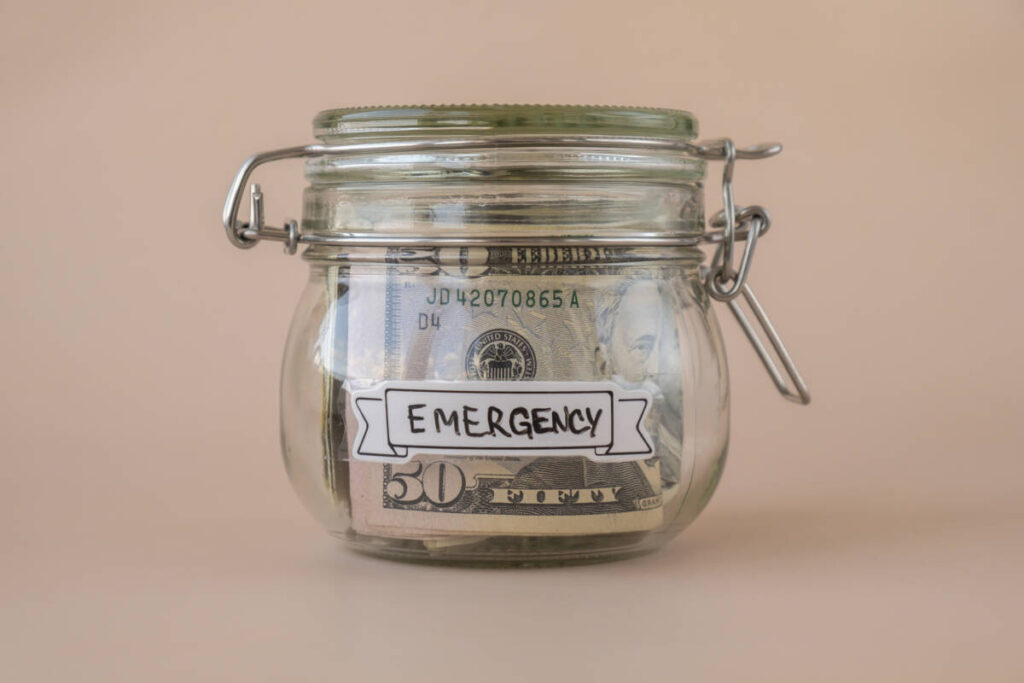Financial Preparedness in College
College is an exciting time filled with opportunities and challenges. However, financial emergencies can arise at any moment, and having a safety net in place is essential. Learning how to build an emergency fund while in college will help you navigate unexpected expenses without derailing your education or financial future. In this guide, we will walk you through practical steps to create and maintain an emergency fund that provides peace of mind during your college years.
Why an Emergency Fund is Essential for College Students
Many college students live on tight budgets, making it challenging to handle unforeseen expenses. An emergency fund serves as a financial cushion for situations such as:
- Medical emergencies
- Car repairs
- Unexpected travel expenses
- Loss of a part-time job
- Unforeseen academic costs
Without an emergency fund, students may be forced to rely on high-interest credit cards or loans, leading to long-term debt. Establishing an emergency fund helps prevent financial stress and ensures stability in times of need. For additional budgeting strategies, check out 10 Easy Budgeting Tips for College Students to Stretch Your Dollars.

How to Build an Emergency Fund in College
1. Set a Realistic Savings Goal
The first step in building an emergency fund is determining how much you need. While financial experts recommend saving three to six months’ worth of expenses, this may not be realistic for a college student. Instead, aim for an initial goal of $500 to $1,000, which can cover most minor emergencies.
2. Create a Budget and Identify Areas to Cut Costs
A budget is essential for tracking your income and expenses. Consider using a budgeting app or spreadsheet to categorize your spending. Identify non-essential expenses that you can reduce, such as:
- Dining out
- Entertainment subscriptions
- Impulse purchases
Redirecting even a small amount from these categories can contribute to your emergency fund over time. Learn more about Financial Apps Every College Student Should Download in 2025 to help you stay on track.
3. Open a Dedicated Savings Account
To prevent accidental spending, open a separate savings account specifically for your emergency fund. Look for an account with the following features:
- No monthly fees
- High-interest rates (such as a high-yield savings account)
- Easy access in case of emergencies
Keeping your emergency savings separate from your checking account helps reduce the temptation to dip into it for non-urgent expenses.
4. Start Small and Automate Your Savings
Even if you can only save a few dollars each week, consistency is key. Set up an automatic transfer from your checking account to your emergency savings account. This “pay yourself first” approach ensures that you are consistently growing your fund without having to think about it.
5. Leverage Side Hustles and Part-Time Jobs
Increasing your income can accelerate your emergency savings. Consider taking on a side hustle or part-time job, such as:
- Freelancing (writing, graphic design, tutoring)
- Selling used items online
- Driving for a rideshare service
- Working on campus
Check out the Best Side Hustles for College Students for ideas on boosting your income.
6. Utilize Student Discounts and Free Resources
Maximize student discounts and free campus resources to lower your expenses. Many businesses offer discounts on food, transportation, software, and entertainment. Additionally, take advantage of free campus amenities like gym facilities, library resources, and student events to reduce spending.
7. Use Windfalls Wisely
Any unexpected money, such as tax refunds, scholarships, or birthday gifts, can be an excellent opportunity to boost your emergency fund. Instead of spending windfalls on discretionary items, deposit a portion into your savings. If you’re looking for more funding options, explore Scholarship Hunting: Where to Find Free Money for College in 2025.
8. Avoid Unnecessary Debt
While student loans may be necessary for tuition, try to minimize credit card debt. High-interest debt can make it difficult to build savings. If you do use a credit card, aim to pay off the balance in full each month to avoid interest charges. Learn how to protect your financial health by reading How to Avoid Common Credit Card Mistakes in College.
9. Track Your Progress and Stay Motivated
Regularly review your savings progress and celebrate milestones along the way. Adjust your budget if needed and stay motivated by reminding yourself of the benefits of financial security.
A Path to Financial Security
Learning how to build an emergency fund while in college may seem challenging, but with the right approach, it is achievable. By setting realistic goals, budgeting wisely, automating savings, and finding creative ways to increase income, you can create a financial safety net for unexpected expenses. Developing this habit early will not only provide peace of mind during college but also set you up for long-term financial success. Start saving today and take control of your financial future!
For more tips on managing college expenses, check out How to Save Money on Textbooks in 2025: Digital Options and Rentals and Meal Prep Hacks for College Students to Save Money on Food. If you’re looking for affordable housing options, read The Ultimate Guide to Finding Affordable Housing Near Campus.
